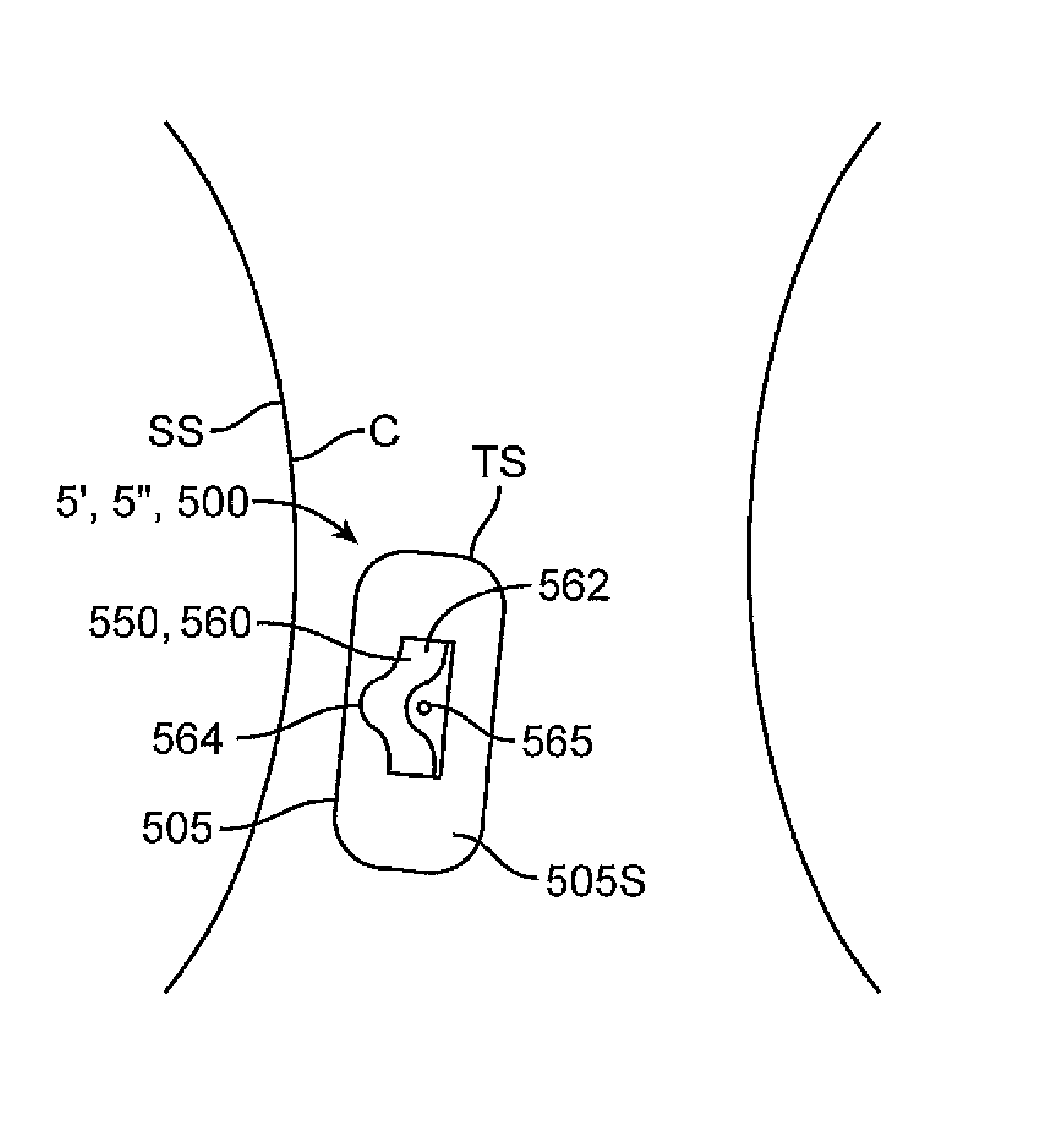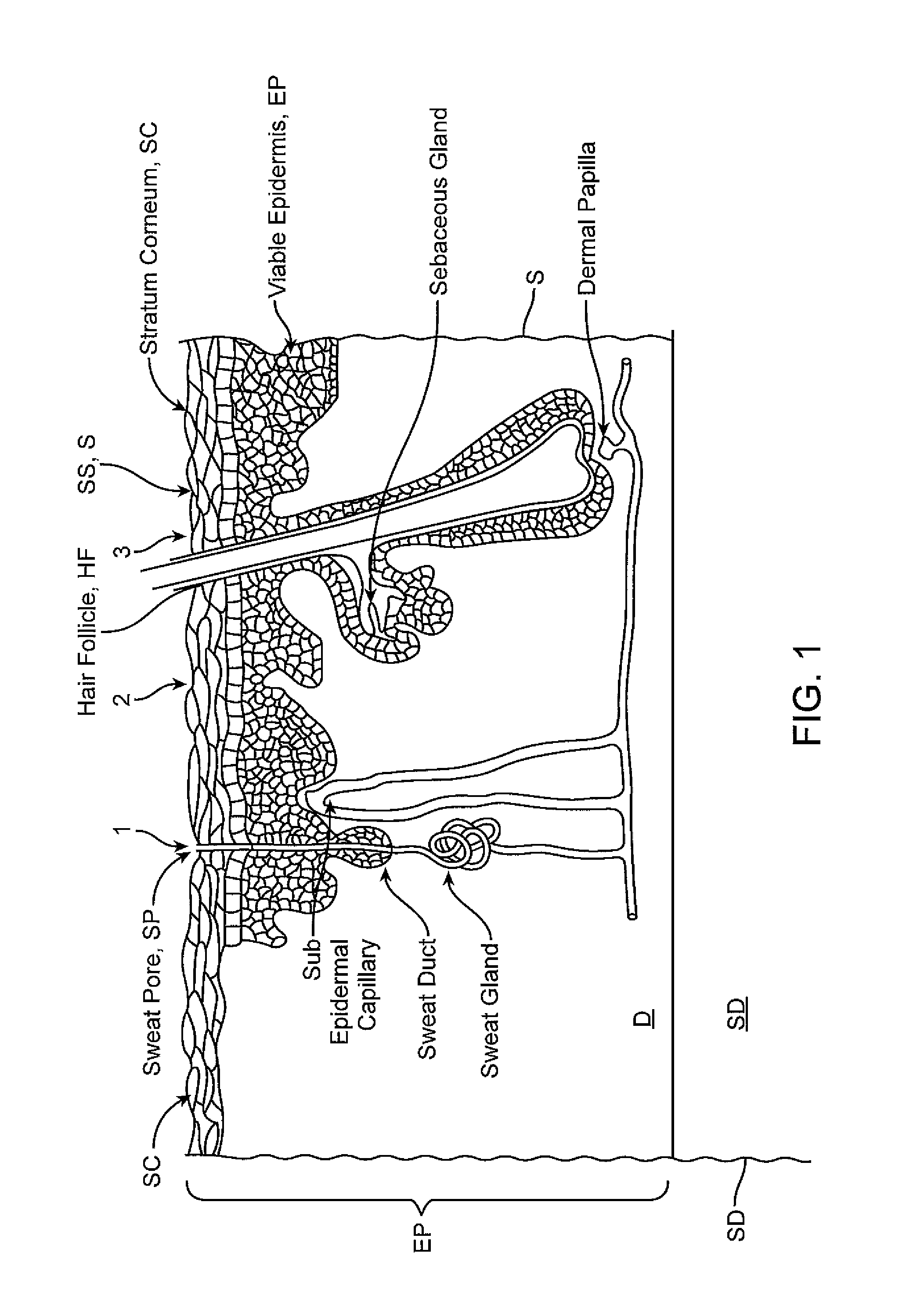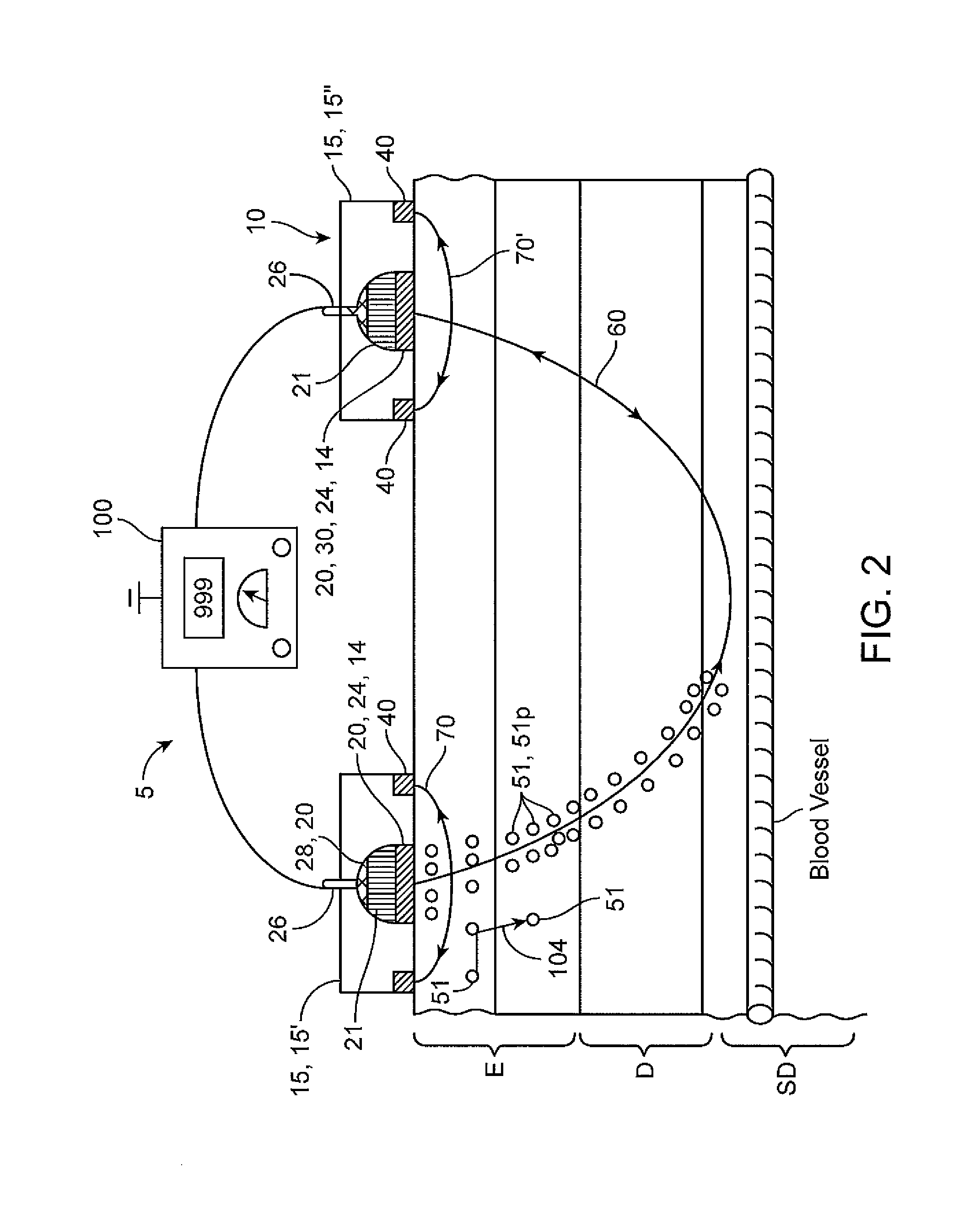System and method for controlling the iontophoretic delivery of therapeutic agents based on user inhalation
a technology of iontophoretic and drug delivery, which is applied in the direction of pharmaceutical active ingredients, medical preparations, and therapy, can solve the problems of destroying life quality, causing countless deaths each year, and affecting the effect of drug delivery, so as to reduce cravings, reduce the likelihood of over-delivery and/or patient habituating to unwanted delivery doses, and reduce the effect of smoking faster
- Summary
- Abstract
- Description
- Claims
- Application Information
AI Technical Summary
Benefits of technology
Problems solved by technology
Method used
Image
Examples
examples
[0102]Various embodiments of the invention are further illustrated with reference to the appended example which details the use of embodiments of a biphasic transdermal iontophoreritic delivery system. Portions of the example are also described in a paper entitled: Biphasic Transdermal Iontophoretic Drug Delivery Platform (McLaughlin, G. W, et al Conf. Proc. IEEE Eng. Med. Biol. Soc. 2011 August; 2011:1225-8) which is incorporated by reference herein for all purposes. It should be appreciated that this example is presented for purposes of illustration and the invention is not to be limited to the information or the details therein. For example, while the example presented describes the delivery of ferrous chloride, it should be understood that various embodiments of the invention can be used for the delivery of any number of compounds using this approach including, for example, various nicotine compounds such one or more nicotine salts, opioid such as methadone, antiemetics, (e.g., ...
PUM
| Property | Measurement | Unit |
|---|---|---|
| thickness | aaaaa | aaaaa |
| time | aaaaa | aaaaa |
| time | aaaaa | aaaaa |
Abstract
Description
Claims
Application Information
 Login to View More
Login to View More - R&D
- Intellectual Property
- Life Sciences
- Materials
- Tech Scout
- Unparalleled Data Quality
- Higher Quality Content
- 60% Fewer Hallucinations
Browse by: Latest US Patents, China's latest patents, Technical Efficacy Thesaurus, Application Domain, Technology Topic, Popular Technical Reports.
© 2025 PatSnap. All rights reserved.Legal|Privacy policy|Modern Slavery Act Transparency Statement|Sitemap|About US| Contact US: help@patsnap.com



